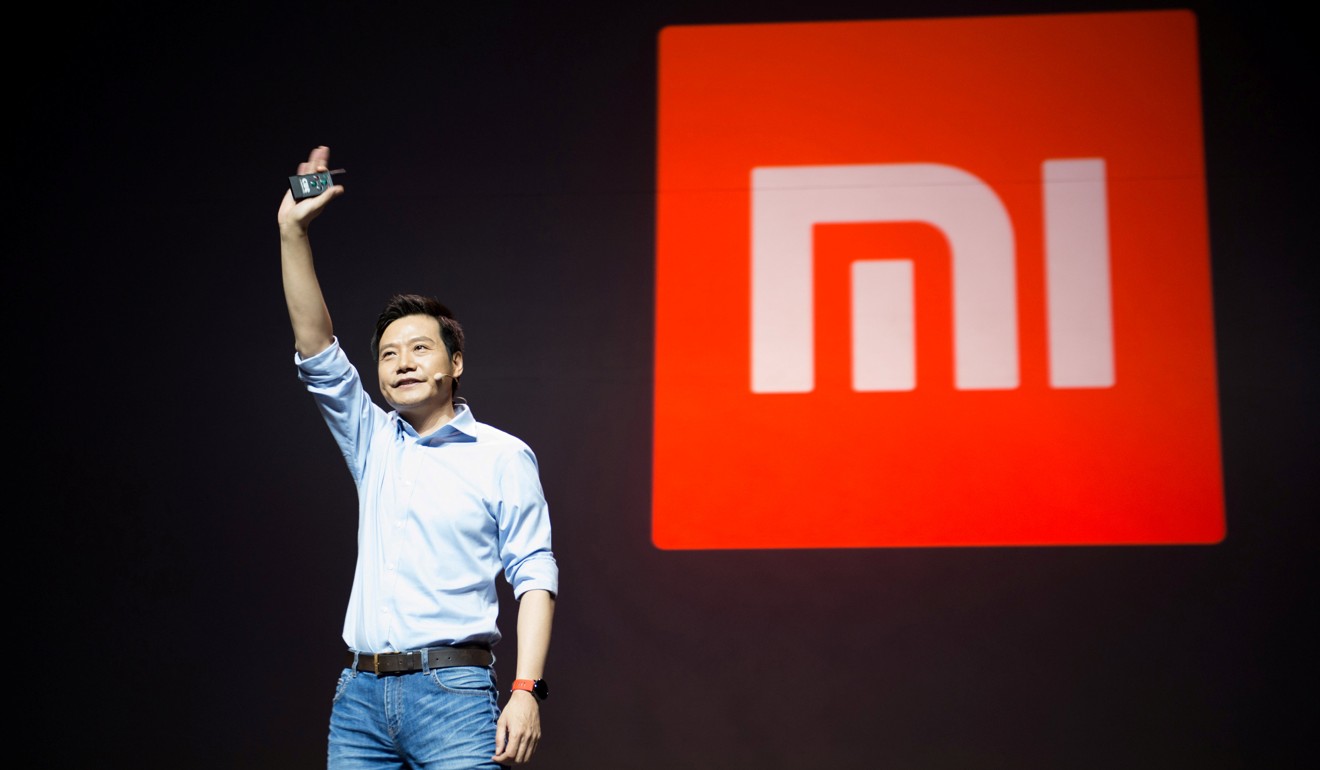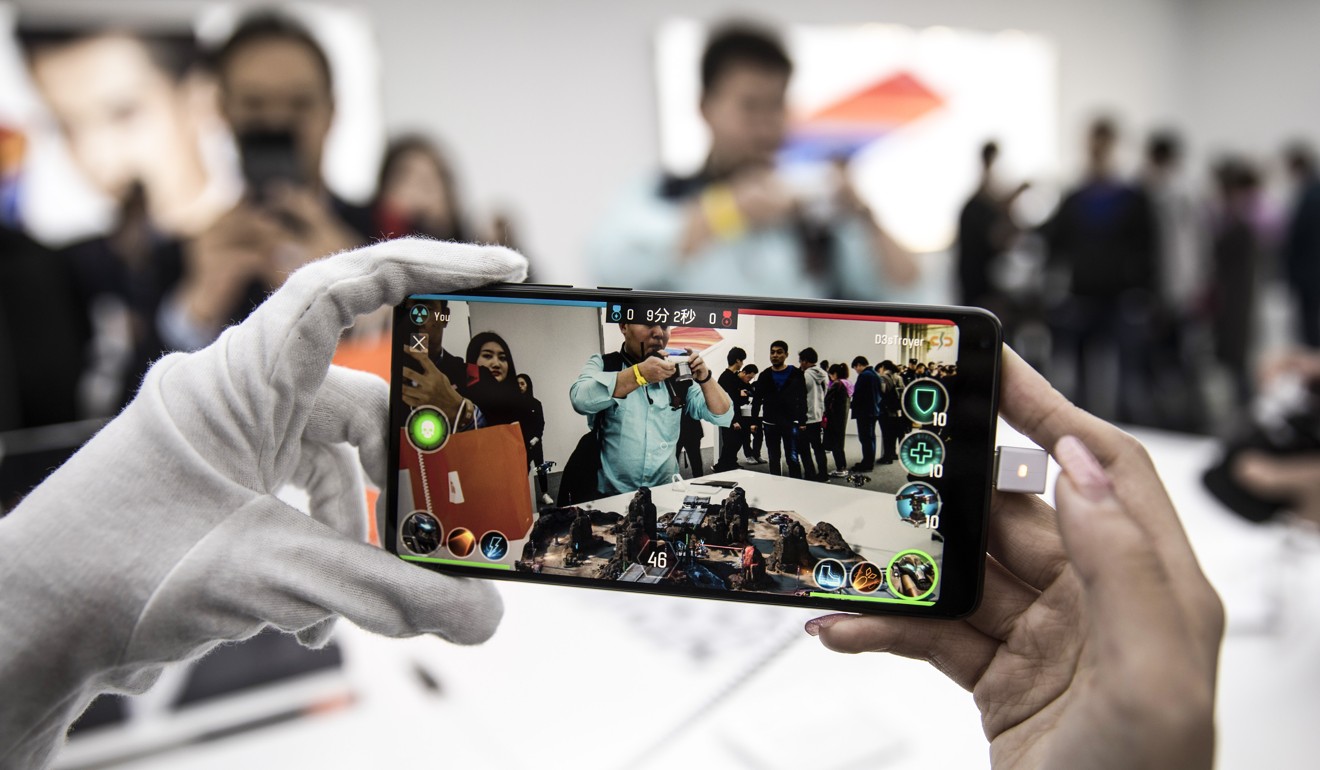
TVs are next after Xiaomi extends India smartphone market lead
Xiaomi has won market share by selling its products at cost, or with a profit margin of just 1 or 2 per cent
The Beijing-based consumer electronics maker shipped more than 9 million smartphones in the first three months to India, a 155 per cent gain over the year-earlier period and translating to a 31 per cent market share, according to Canalys, the research firm. That compares with Samsung’s below 7.5 million units. Two other Chinese smartphone brands, Oppo and Vivo, took third and fourth places, respectively.
“Xiaomi is becoming a force to be reckoned with in India,” said Canalys Research analyst Ishan Dutt. “Apart from being some of the best value devices on the market, Xiaomi’s smartphones are now available in more places and in larger quantities. All in all, Xiaomi’s product and channel strategies are working.”
The company recently introduced the Redmi 5 series of phones in the market. The Redmi 5A sold 3.5 million unit sales in the quarter with 1.5 million for Samsung’s best-selling J7 Nxt.
Xiaomi is becoming a force to be reckoned with in India
Xiaomi, which means millet in Chinese, sells its products at cost, or with a profit margin of 1 or 2 per cent, according to founder Lei Jun. He is so proud of the strategy that he wants to write it into Xiaomi’s corporate mission statement to lock it down, and avoid anyone “messing with it after 50 years.”

Up to 70 per cent of Xiaomi’s sales came from seven models of smartphones, 20 per cent from scores of household and appliance products made with partners, and an estimated 10 per cent from internet services.
Now Xiaomi is bringing this cost disruption to TVs, “another consumer market that is dominated by heavyweights, such as Samsung, Sony and LG”, according to Dutt at Canalys.
“The move will add much needed equity to its brand and will positively affect its longevity in the market,” Dutt said.

India’s smartphone market is consolidating with smaller vendors finding it difficult to survive, according to Canalys. The top four vendors accounted for about 75 per cent of all smartphone shipments to India, with Xiaomi and Samsung accounting for 56 per cent.
Among the losers, Lenovo’s smartphone shipments fell by more than 60 per cent from a year earlier to just short of a million units, while Gionee delivered a record-low of 150,000 units, a 90 per cent slump from last year, the Canalys data showed.

